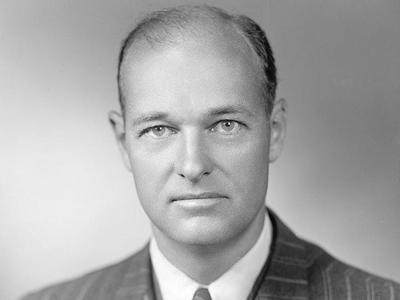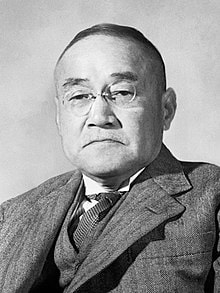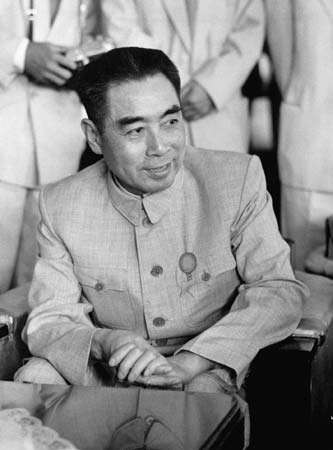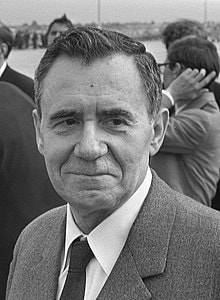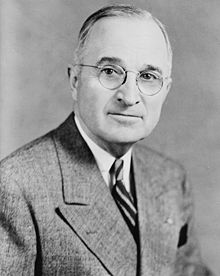What was San Francisco Peace Treaty?
On September 8th, 1951 48 nations gathered in a sea of red velvet at the San Francisco Opera House to discuss a treaty of peace with Japan. This San Francisco Peace Treaty (SFPT), which would come into effect on April 28th, 1952, officially ended Japanese imperialism and the Allied occupation of Japan, as well as outlining the expenditure of postwar-related issues and territorial disputes.
In seven chapters and a preamble, the San Francisco Peace Treaty paved a controversial way for a lasting bilateral military relationship between Japan and the U.S. At the time of its signage and even now, the treaty continues to alienate Japan from its Asian neighbors. Much of what would normally be discussed by an international audience at the SF peace conference had already been carefully orchestrated and manipulated by the United States via John Foster Dulles, a Republican appointed to negotiating an acceptable treaty, and Japanese Prime Minister Shigeru Yoshida.
In seven chapters and a preamble, the San Francisco Peace Treaty paved a controversial way for a lasting bilateral military relationship between Japan and the U.S. At the time of its signage and even now, the treaty continues to alienate Japan from its Asian neighbors. Much of what would normally be discussed by an international audience at the SF peace conference had already been carefully orchestrated and manipulated by the United States via John Foster Dulles, a Republican appointed to negotiating an acceptable treaty, and Japanese Prime Minister Shigeru Yoshida.
The series of events surrounding the SFPT reveal conflicts of international interest that prove even peace is highly political. The American-led occupation of Japan and the outbreak of the Korean War on June 25th, 1950, paired with Cold War geopolitical tension, underscored the necessity of a continued military presence in the Pacific. Japan was a means to this end. The SFPT ensured an enduring American military and economic presence in the Pacific while in turn, Japan was able to escape serious reparations, exploit the militarization of the Pacific, and further neglect repairing relations with the rest of Asia.

